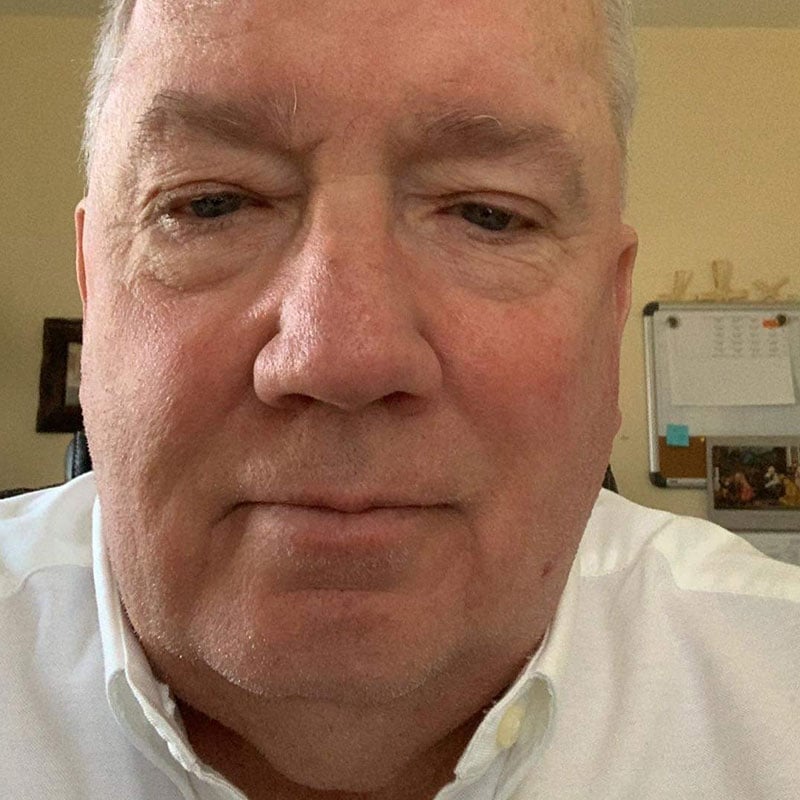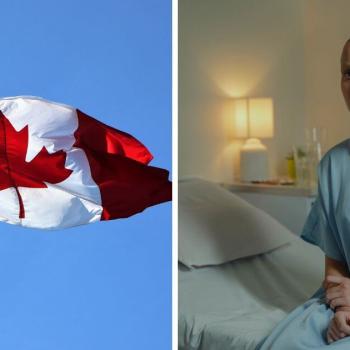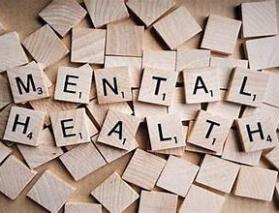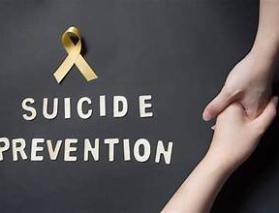
Suicide: Understanding the Alarming Statistics
We are seeing an unprecedented rise in suicide rates over the past twenty years. In 2024, the national age-adjusted suicide rate climbed to 14.7 per 100,000 people. This is a 37% increase over the past twenty years. These numbers are an indicator that we have a serious mental health problem in our society today. Let’s take a look.
Suicide Rates on the Rise
It is essential to note that this article primarily focuses on the U.S. The suicide rates vary by demographic.
The highest suicide rates are recorded in the following demographics:
- Middle-aged adults (35-54)
- Elderly individuals (85+)
- American Indian/Alaska populations
- Youth suicide
The drivers behind the increases vary:
- Seasonal – suicide rates peak in late spring and early summer, while dropping in the winter

Suicide rates are climbing in the U.S. – image courtesy of Vecteezy.com. - Trauma/PTSD
- Loneliness
- Financial concerns
- Substance abuse
Factors driving suicide amongst teens:
- Social pressures
- Family issues
- Academic and Performance Stress
- Bullying
An average of around 135 suicides occur each day in the United States. It is often stated that a death by suicide happens every 11 minutes in the U.S. These numbers are clear indicators that there are problems in our current mental health system.
Youth Suicide
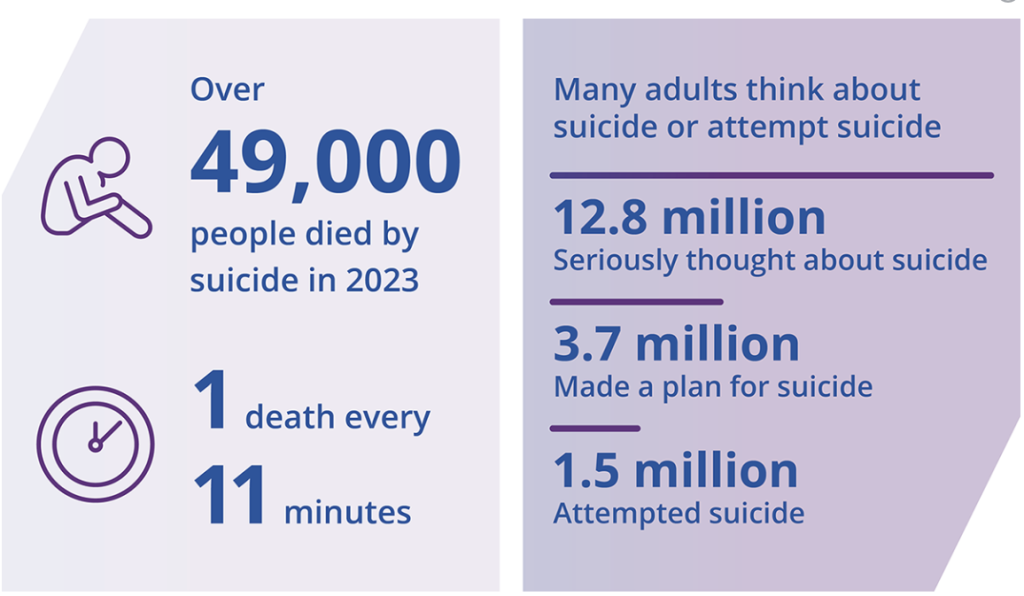
Youth suicide rates have risen sharply, especially among teen girls and marginalized groups (LGBTQ+, disabled, etc.). Approximately 10% of high school students, and 13% of females have been affected. These are frightening numbers and highlight many of the influences on our kids today. If you are a parent of a pre-teen or teenager, it is essential to stay close to your kids and understand the challenges they face daily. It is difficult to imagine how young kids can get to the point where they feel suicide is the only option, but the numbers don’t lie. The rise in social media is a factor in the increasing suicide rate amongst our youth, but is also an avenue to provide support for kids. Among the other drivers in social media impacting our youth:
- Cyberbullying – this is a common and growing problem. As adults, we need to set a much better example for our kids.
- Sleep disruption – excessive use of social media can impact sleep, and this can be a significant factor in youth suicide
- Exposure to harmful content – access to posts, video clips, and images of suicide and “self-harm”
- Social comparison – comparing their lives to the lives of others on social media
As a society, we must address this issue and provide the children with the help they need before it is too late.

Moving Forward!
Most importantly, if you are reading this and have thought about or are contemplating suicide, PLEASE SPEAK TO SOMEONE IMMEDIATELY! I promise you that many people love and care about you, and they want to help you. Letting someone else know what you or a friend is experiencing can be life-saving. God loves you more than you can ever imagine and wants you to live life abundantly and fulfill the purpose he has for you and your life. I cannot stress that enough.
Here are some critical support options that can provide help (U.S. options):
- National Suicide Hotline – dial 988. This number offers free, confidential support for individuals in crisis. This line is available 24/7, and you can call, text, or chat with a representative who can help you.
- Veterans Crisis Line – Call 988, then press 1, or text 838255 for specialized support for veterans.
- Disaster Distress Helpline – Call or text 1-800-985-5990 for crisis counseling related to natural or human-caused disasters.
- Crisis Text Line – Text HOME to 741741 for free, confidential support from trained crisis counselors.
- National Domestic Violence Hotline – Call 800-799-7233 for support related to domestic violence.
- National Sexual Assault Hotline – Call 800-656-4673 for confidential assistance.
- Substance Abuse and Mental Health Services Administration (SAMHSA) Helpline – Call 800-662-4357 for help with substance use and mental health treatment.
Faith Perspective
People who commit suicide feel that this is their only option. In many cases, friends and family members are shocked that the person took their own life. This can be devastating to those left behind, especially children. In John 10:10, Jesus says:
“I came so that they might have life and have it more abundantly.”
We will never fully understand God’s love for us. He gave His son so that we may live. God wants all of us to live “abundantly”, in other words, have an extraordinary life. I pray for all who are struggling with this issue and for those who have lost someone to this disease. This is a time when you lean on God and ask Him to lead you through this incredible grief. God loves the person you lost. I believe God has welcomed your loved one into Heaven and is working together to help you and your family through your grief. I encourage you to reach out to others who have had similar experiences so that you can heal together.
Important Note
As I mentioned earlier, I would like to emphasize that this article primarily focuses on the U.S. The rates in other countries may not map to the numbers above. Several countries have now legalized Assisted Suicide, further inflating the numbers. There are support options in the U.S. that vary depending on the country in which you are located. I encourage anyone reading this to add country-specific hotline numbers or other support options for their country to the “Comments” section for broader exposure. Please let me know your thoughts on this article as well in the “Comments” section.
Peace


